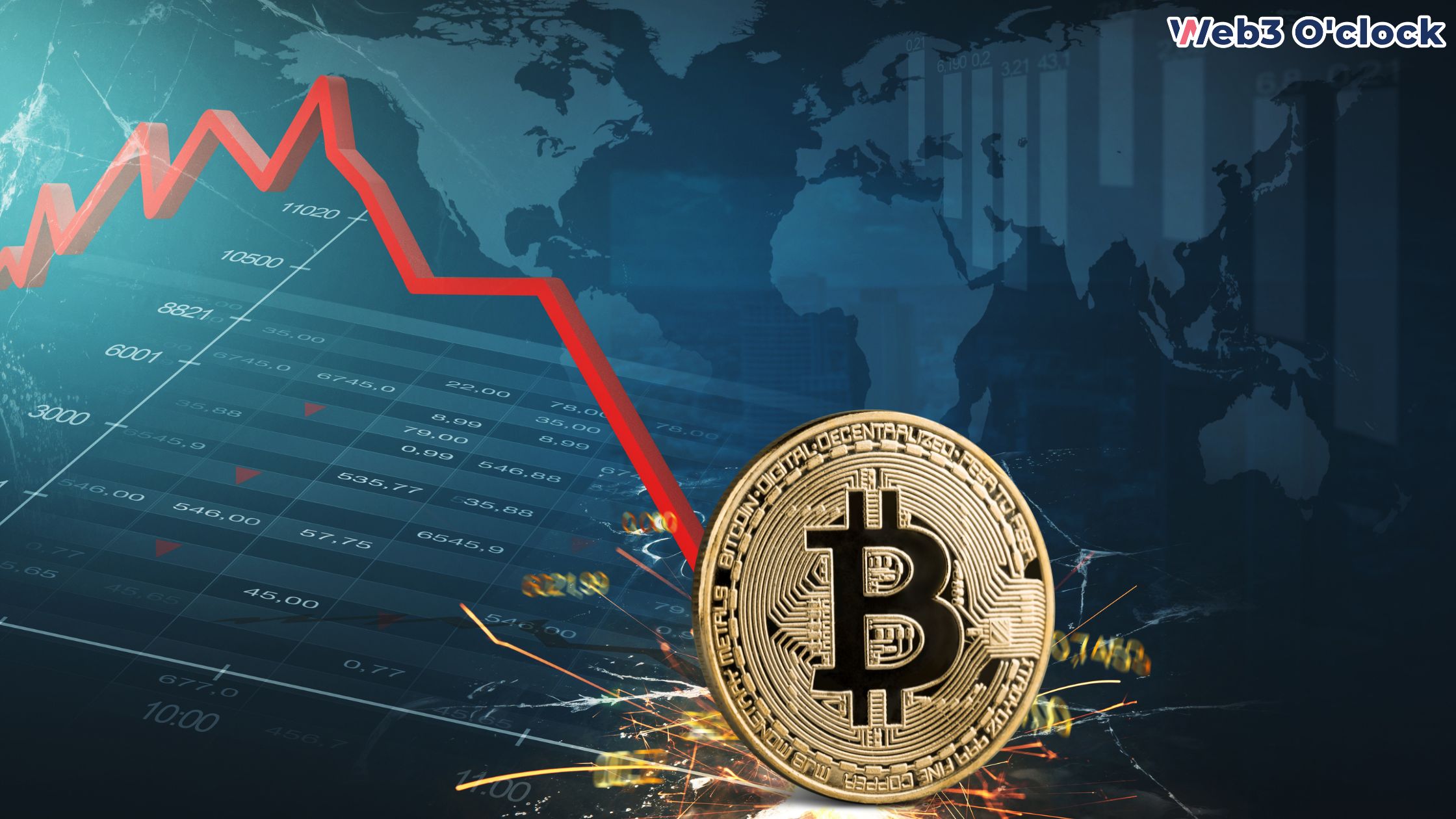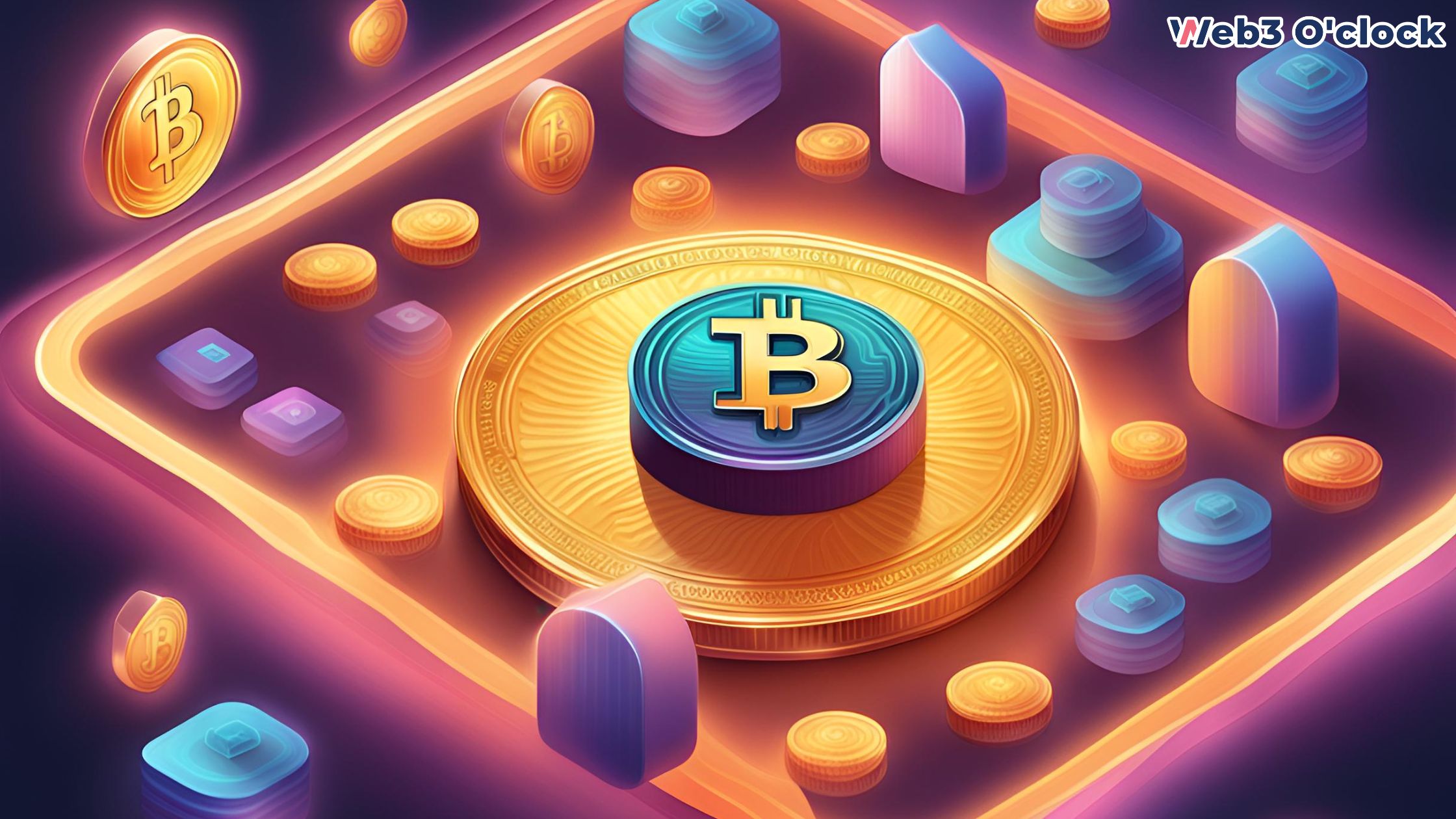Are you curious about the Metaverse and how it works? The Metaverse is a collective virtual shared space where people can interact with each other in a three-dimensional digital environment. In this complete guide, we will delve into what the Metaverse is, how it works, its importance, how it is accessed, its technologies, differences between the internet and Metaverse, use cases in today’s world, NFTs in Metaverse, top Metaverse companies, how it will affect the future, challenges, and top Metaverse trends. The Metaverse is poised to revolutionize the way we interact with each other and the world around us. It can provide a completely new way for people to connect and communicate with each other. Discover all you need to know about the Metaverse in this complete guide.
What is Metaverse?
The Metaverse is a collective virtual shared space that includes a wide range of experiences such as virtual reality, augmented reality, and social networking. It is a fully immersive digital environment where people can interact with each other in real-time. In the Metaverse, users can create their own avatars, engage in various activities, and interact with other users. It is essentially a virtual world that is created and maintained by its users.
Why is the Metaverse important?
The Metaverse’s significance lies in its potential to transform our interactions with the world and each other. By introducing a novel means of connecting and communicating, it could herald a paradigm shift. Novel social, economic, and cultural experiences that were previously unthinkable may emerge.
The Metaverse represents a new frontier in human interaction and communication. It has the potential to create a shared virtual space where people from all over the world can connect and engage with each other in ways that were previously impossible. This could lead to the development of new forms of social interaction that transcend physical boundaries and cultural barriers, allowing people to form communities and share experiences in entirely new ways.
The economic potential of the Metaverse is also vast. As businesses increasingly move online, the Metaverse could provide a platform for them to interact with their customers in a more immersive and engaging way. Companies could create virtual storefronts where customers can explore products and services in a fully-realized 3D environment, or host virtual events that bring together people from all over the world.
In addition to its social and economic potential, the Metaverse could also be a catalyst for new cultural experiences. As people from different backgrounds and cultures come together in the virtual space, they will have the opportunity to share their perspectives and learn from each other in a way that was previously impossible. This could lead to the creation of new art, music, and literature that reflects the shared experiences of people from all over the world.
Overall, the Metaverse represents a new frontier in human experience, one that has the potential to revolutionize the way we interact with each other and the world around us. While there are certainly challenges and risks associated with this new technology, the potential benefits are too significant to ignore.
How does the Metaverse work?
The Metaverse works by using virtual reality technology to create a fully immersive digital environment. It is a collective space that is created and maintained by its users. Users can create their own avatars and interact with each other in real-time. The Metaverse also uses artificial intelligence to create virtual environments that can respond to user input and create new experiences.
How is the Metaverse accessed?
The Metaverse is accessed through virtual reality devices such as VR headsets, augmented reality devices, and other similar technologies. Users can also access the Metaverse through their computers or mobile devices. The Metaverse can be accessed through a variety of platforms and applications that provide access to the virtual world.
What is the difference between the Internet and the Metaverse?
The Internet is a network of interconnected computers and devices that allows people to access information and communicate with each other. The Metaverse, on the other hand, is a virtual world that is created and maintained by its users. The Internet is a two-dimensional digital space, while the Metaverse is a fully immersive three-dimensional digital environment.
The Metaverse is also more interactive and engaging than the internet, allowing users to interact with each other in real-time and engage in a wide range of activities.
Use cases of Metaverse in today’s world
The Metaverse has the potential to transform many aspects of our lives, from entertainment and social interaction to education and work. Here are 5 use cases of the Metaverse in today’s world:
- Virtual Events and Conferences: With the pandemic, virtual events and conferences have become more popular than ever. The Metaverse provides a more immersive and engaging way to attend events, with virtual environments that allow for networking, interactive sessions, and other features that can enhance the attendee experience.
- Remote Work and Collaboration: The Metaverse can also provide a virtual space for remote work and collaboration, particularly as more people work from home. Virtual worlds can create a sense of presence and shared space, allowing for more natural interactions and collaboration between team members.
- Education and Training: The Metaverse can provide new opportunities for education and training, particularly in areas such as science, technology, engineering, and math (STEM). Virtual environments can create more engaging and interactive learning experiences, and can also be used for simulations and other types of training.
- Gaming and Entertainment: Gaming has always been a key use case for the Metaverse, and this is likely to continue. Virtual worlds can provide more immersive and interactive gaming experiences, and can also allow for social interaction and community building among players.
- Virtual Commerce and Retail: The Metaverse can also be used for virtual commerce and retail. Virtual stores can allow customers to browse and purchase products in a more immersive and interactive environment, while virtual marketplaces can enable the buying and selling of virtual goods and assets.
How do NFTs fit into the Metaverse?
NFTs, or non-fungible tokens, are digital assets that are stored on a blockchain. They can be used to represent a wide range of assets, including virtual assets in the Metaverse. NFTs can be used to create unique and valuable virtual assets such as virtual real estate, virtual clothing, and other digital items that can be traded and sold within the Metaverse. NFTs can also provide a way for creators to monetize their digital creations and earn revenue from their work.
Top Metaverse companies
The Metaverse is an emerging space, and many companies are working on developing virtual worlds, platforms, and technologies. Here are the top 5 Metaverse companies:
- Roblox: Roblox is a popular platform that allows users to create and play games in a virtual world. It has a large user base, particularly among younger audiences, and has become a popular destination for social interaction and gaming in the Metaverse.
- Decentraland: Decentraland is a decentralized virtual world that uses blockchain technology to enable users to own and trade virtual land, items, and other assets. Users have the ability to craft their own experiences and engage with others in a communal virtual environment.
- Epic Games: Epic Games is the creator of the popular game Fortnite, which has become a significant player in the Metaverse. Epic Games has also developed the Unreal Engine, a powerful game development tool that is used to create many virtual worlds and experiences.
- Facebook: Facebook is developing its own Metaverse, known as Horizon Workrooms, which aims to provide a virtual space for remote work and collaboration. Facebook has also invested heavily in virtual reality technologies, such as the Oculus VR headset, which could be integrated into the Metaverse.
- Robust Intelligence: Robust Intelligence is a startup that is developing AI-powered virtual humans for use in the Metaverse. Its technology allows for more realistic and natural interactions between users and virtual characters, which could have applications in gaming, education, and other areas.
How will the Metaverse affect the future?
The Metaverse has the potential to fundamentally change the way we interact with each other and the world around us. It can create new social, economic, and cultural experiences that were not possible before. It can provide a platform for businesses to interact with their customers in a more immersive and engaging way. The Metaverse can also provide new opportunities for creators to monetize their work and earn revenue from their digital creations.
Challenges of Metaverse
As the Metaverse becomes more popular and continues to grow, there are several challenges that need to be addressed. Here are some of the main challenges:
- Interoperability: One of the biggest challenges in the Metaverse is interoperability. As more virtual worlds and platforms emerge, there is a need for seamless integration between them. This will require the development of standards and protocols that allow different platforms to communicate with each other.
- Security and Privacy: Another challenge is ensuring security and privacy in the Metaverse. As users share personal information and engage in transactions, there is a risk of hacking, fraud, and other security threats. There is also a need for clear regulations and guidelines to protect user privacy.
- Content Moderation: The Metaverse is a space where users can create and share their own content. However, this also creates a need for content moderation to prevent hate speech, harassment, and other harmful content. This will require a balance between protecting freedom of expression and ensuring a safe and inclusive user environment.
- Digital Divide: The Metaverse requires access to high-speed internet and advanced hardware, which can create a digital divide between those who have access to these resources and those who do not. This could exacerbate existing inequalities and limit the potential of the Metaverse as a truly inclusive space.
- Legal and Regulatory Challenges: The Metaverse is a new and rapidly evolving space, which creates challenges for legal and regulatory frameworks. There is a need for clear laws and regulations to address issues such as virtual property rights, intellectual property, and taxation.
- Ethical Concerns: As the Metaverse becomes more immersive and realistic, there are ethical concerns around the potential impact on mental health, addiction, and the blurring of lines between the real and virtual worlds.
Top Metaverse Trends
The Metaverse is an emerging virtual space that allows users to interact with each other in a virtual environment. Here are some of the top trends in the Metaverse:
- NFTs and Virtual Real Estate: Non-fungible tokens (NFTs) are unique digital assets that have gained popularity in the Metaverse. NFTs allow users to own virtual real estate and other assets in the Metaverse. This has led to a boom in the sale of virtual real estate and other digital assets.
- Social Interaction: The Metaverse is all about social interaction, and virtual worlds are becoming more immersive and interactive. Users can create avatars and interact with each other in virtual spaces. This has led to the emergence of virtual communities and social networks in the Metaverse.
- Gaming: Gaming has always been a big part of the Metaverse, and it is becoming more popular than ever. Many gaming companies are creating virtual worlds and games that can be played in the Metaverse.
- Virtual Reality and Augmented Reality: Virtual reality (VR) and augmented reality (AR) are becoming more integrated into the Metaverse. Users can experience virtual worlds in a more immersive way, and AR is being used to create virtual overlays in the real world.
- Cross-Platform Integration: The Metaverse is being developed to be a cross-platform experience. Users can access virtual worlds and games from different devices and platforms, including PCs, consoles, and mobile devices.
- Blockchain Integration: Blockchain technology is being integrated into the Metaverse to enable secure transactions and ownership of virtual assets. This has led to the emergence of decentralized virtual worlds and marketplaces.
Conclusion
In conclusion, the Metaverse is a virtual shared space that has the potential to revolutionize the way we interact with each other and the world around us. It is a fully immersive digital environment where people can interact with each other in real time. The Metaverse is accessed through virtual reality devices and uses a range of technologies such as virtual reality, augmented reality, artificial intelligence, blockchain, and cloud computing. The Metaverse has several use cases in today’s world, including in gaming and business. NFTs can also be used within the Metaverse to create and trade virtual assets. While the Metaverse has its pros and cons, it has the potential to create new social, economic, and cultural experiences and provide new opportunities for creators and businesses. However, there are also several challenges that must be addressed in order to fully realize the potential of the Metaverse.
FAQs
What are some potential applications of the metaverse?
The metaverse has many potential applications in areas such as gaming, education, social networking, e-commerce, and virtual real estate. For example, businesses could use the metaverse to create virtual storefronts where users can browse and purchase products in a fully immersive environment.
Will the metaverse replace the real world?
No, the metaverse is not meant to replace the real world but rather to complement it. Users will still need to live and work in the real world, but they will have the option to interact with others and participate in activities in the metaverse.
Will the metaverse be accessible to everyone?
The accessibility of the metaverse will depend on a variety of factors, including the cost of entry, the availability of specialized devices such as VR headsets, and the quality of internet infrastructure in different regions. However, many companies are working to make the metaverse more accessible to a wider audience.
What are some potential risks associated with the metaverse?
Some potential risks associated with the metaverse include issues around data privacy and security, the possibility of addiction or overuse, and the potential for the metaverse to exacerbate existing social inequalities.
Will the metaverse be regulated?
As the metaverse grows in popularity and becomes more integrated into daily life, it is likely that there will be some form of regulation to ensure user safety and prevent abuse. However, the specifics of how the metaverse will be regulated are still unclear.
How will the metaverse impact the job market?
The metaverse has the potential to create new job opportunities in areas such as game design, virtual real estate, and digital marketing. However, it may also lead to job displacement in some industries as certain tasks become automated or move to the digital realm.











